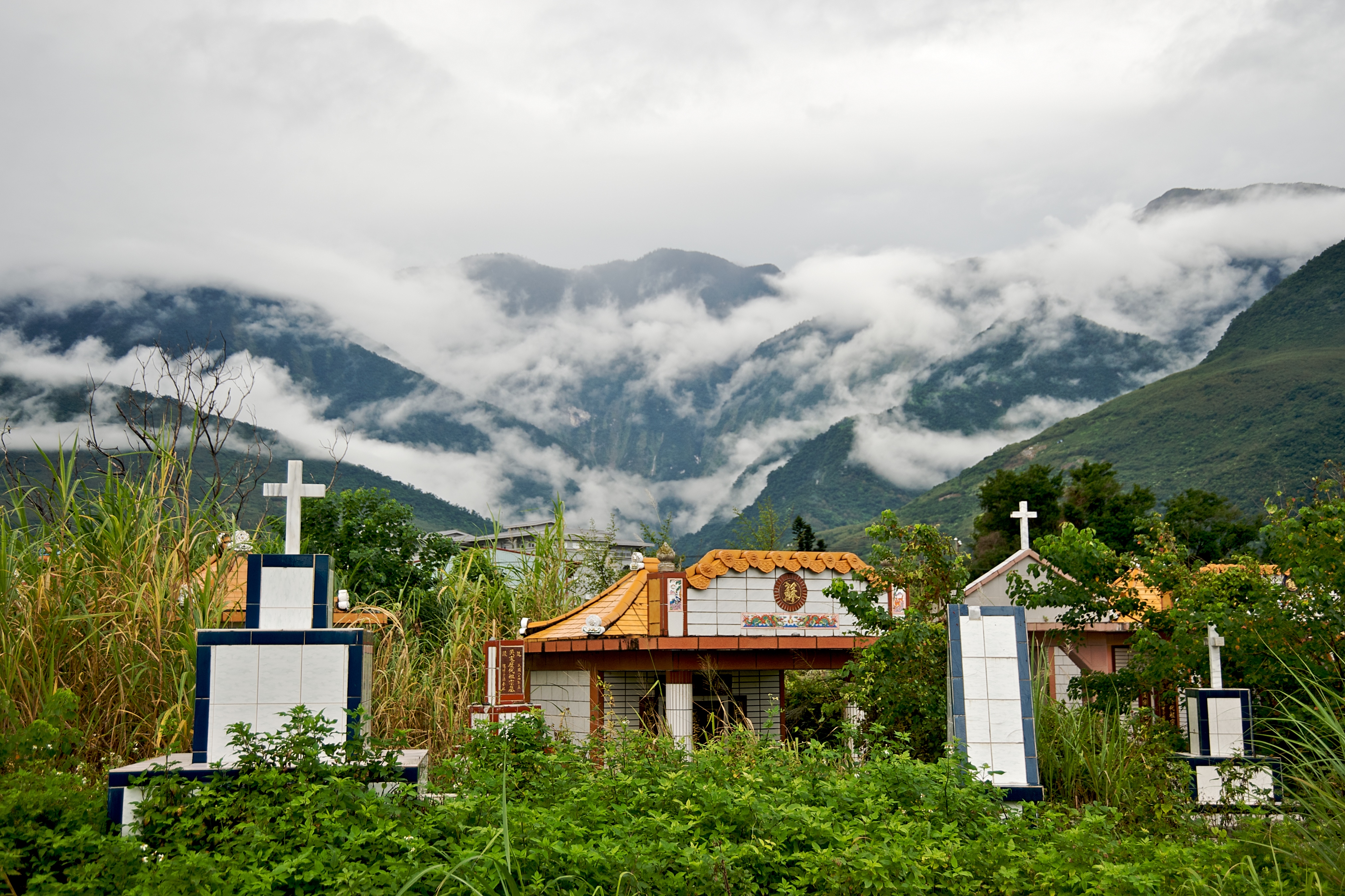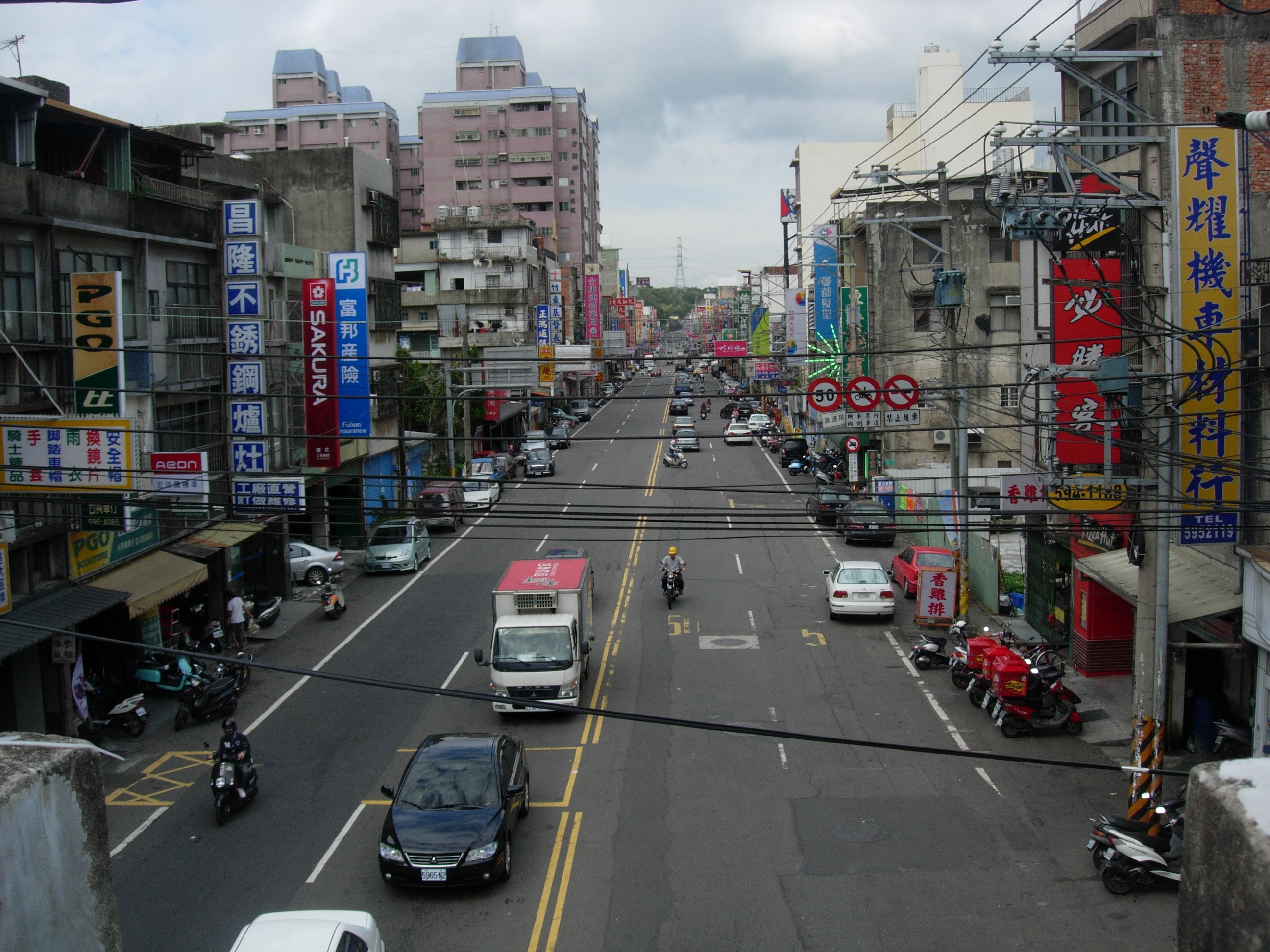|
Fengbin
Fengbin Township Glossary of Names for Administrative Divisions. Ministry of the Interior. 26 March '' Minguo'' 104 (2015). Retrieved 5 October 2017. is a rural township located in , |
Amis Language
Amis ( or ) is a Formosan language of the Amis (or Ami), an indigenous people living along the east coast of Taiwan. Currently the largest of the Formosan languages, it is spoken from Hualien in the north to Taitung in the south, with another population in the Hengchun Peninisula near the southern end of the island, though the northern varieties are considered to be separate languages. Government services in counties where many Amis people live in Taiwan, such as the Hualien and Taitung railway stations, broadcast in Amis alongside Mandarin. However, few Amis under the age of 20 in 1995 spoke the language. It is not known how many of the 200,000 ethnic Amis speak the language, but overall a third of the aboriginal Taiwanese population do. Dialects Amis is a dialect cluster. There are five dialects: Southern Amis, Tavalong-Vataan, Central Amis, Chengkung-Kwangshan, and Northern Amis (Nanshi Amis, which includes Nataoran). Sakizaya is a moribund language spoken among the nort ... [...More Info...] [...Related Items...] OR: [Wikipedia] [Google] [Baidu] |
Kavalan People
The Kavalan (endonym ; "people living in the plain"; ) or Kuvalan are an indigenous people of Taiwan. Most of them moved to the coastal area of Hualien County and Taitung County in the 19th century due to encroachment by Han settlers. Their language is also known as Kavalan. Currently, the largest settlement of Kavalan is Xinshe ( Kavalan: ) Village in Fengbin Township, Hualien County. History Legend has it that the Kavalan arrived by sea from the east and that when they saw the stunning beauty of this location, they decided then and there to settle this bountiful land. The newly arrived Kavalan fought many battles against the local Atayal people, and in the end the Kavalan drove the Atayal into the mountains — true to their name "Kavalan", which means "flatland people". That name subsequently morphed into "Hamalan", ultimately yielding the modern-day Yilan City. They were referred as 36 Kavalan tribes (蛤仔難三十六社), although there were more than 60. In the past, ... [...More Info...] [...Related Items...] OR: [Wikipedia] [Google] [Baidu] |
Hualien County
Hualien County (Mandarin Wade–Giles: Hua¹-lien² Hsien⁴; Pīnyīn: ''Huālián Xiàn''; Hokkien POJ: ''Hoa-lian-koān'' or ''Hoa-liân-koān''; Hakka PFS: ''Fâ-lièn-yen''; Amis: ''Kalingko'') is a county on the east coast of Taiwan. It is the largest county by area, yet due to its mountainous terrain, has one of the lowest populations in the country. The county seat and largest city is Hualien City. Most of the population resides in the Huadong Valley, which runs north to south, sandwiched between the Central and Hai'an mountain ranges. Due to the rural nature of the county, Hualien attracts many visitors for its natural environment, which includes Taroko Gorge, Qingshui Cliff and Qixingtan Beach. History Early history Modern-day Hualien City was originally called ''Kilai'' (), after the Sakiraya Taiwanese aborigines and their settlement. Spanish settlers arrived in 1622 to pan for gold. Picking up the sounds of native words, these settlers called the area ... [...More Info...] [...Related Items...] OR: [Wikipedia] [Google] [Baidu] |
Coastal Road In Hualien County, Taiwan
The coast, also known as the coastline or seashore, is defined as the area where land meets the ocean, or as a line that forms the boundary between the land and the coastline. The Earth has around of coastline. Coasts are important zones in natural ecosystems, often home to a wide range of biodiversity. On land, they harbor important ecosystems such as freshwater or estuarine wetlands, which are important for bird populations and other terrestrial animals. In wave-protected areas they harbor saltmarshes, mangroves or seagrasses, all of which can provide nursery habitat for finfish, shellfish, and other aquatic species. Rocky shores are usually found along exposed coasts and provide habitat for a wide range of sessile animals (e.g. mussels, starfish, barnacles) and various kinds of seaweeds. Along tropical coasts with clear, nutrient-poor water, coral reefs can often be found between depths of . According to a United Nations atlas, 44% of all people live within 5 km (3.3mi) of ... [...More Info...] [...Related Items...] OR: [Wikipedia] [Google] [Baidu] |
Township (Taiwan)
Townships are the third-level administrative subdivisions of counties of the Republic of China (Taiwan), along with county-administered cities. After World War II, the townships were established from the following conversions on the Japanese administrative divisions: Although local laws do not enforce strict standards for classifying them, generally urban townships have a larger population and more business and industry than rural townships, but not to the extent of county-administered cities. Under townships, there is still the village as the fourth or basic level of administration. As of 2022, there are totally 184 townships, including 38 urban townships, 122 rural townships and 24 mountain indigenous townships. 174 townships with 35 urban and 118 rural townships are located in Taiwan Province and 10 townships with 3 urban and 4 rural townships are located in Fujian Province. Penghu and Lienchiang are the only two counties that do not have urban townships. Statist ... [...More Info...] [...Related Items...] OR: [Wikipedia] [Google] [Baidu] |
Xiuguluan River
The Xiuguluan River () is the eighth-longest river in Taiwan with a total length of . It is located in the southeastern part of the island. It flows through the Huadong Valley before emptying into the Pacific Ocean in Fengbin, Hualien. Overview The river originates on the eastern side of Mabolasi Mountain (on the border with Taitung County) and flows through Xiuguluan Mountain. It is the largest river in eastern Taiwan. Over 30 species of fish have been found in the river. Rafting The river is known for its many rapids and has become a prime destination for rafting, especially on a section from Rueisuei Bridge to the Changhong Bridge. Tributaries There are five major tributaries, listed here from mouth to source: *Fuyuan River – Hualien County – 28 km *Hongye River – Hualien County – 16 km *Fengping River – Hualien County – 19 km * Lakulaku River – Hualien County – 54 km See also *List of rivers in Taiwan This is a list of rivers ( ... [...More Info...] [...Related Items...] OR: [Wikipedia] [Google] [Baidu] |
Taiwan
Taiwan, officially the Republic of China (ROC), is a country in East Asia, at the junction of the East and South China Seas in the northwestern Pacific Ocean, with the People's Republic of China (PRC) to the northwest, Japan to the northeast, and the Philippines to the south. The territories controlled by the ROC consist of 168 islands, with a combined area of . The main island of Taiwan, also known as ''Formosa'', has an area of , with mountain ranges dominating the eastern two-thirds and plains in the western third, where its highly urbanised population is concentrated. The capital, Taipei, forms along with New Taipei City and Keelung the largest metropolitan area of Taiwan. Other major cities include Taoyuan, Taichung, Tainan, and Kaohsiung. With around 23.9 million inhabitants, Taiwan is among the most densely populated countries in the world. Taiwan has been settled for at least 25,000 years. Ancestors of Taiwanese indigenous peoples settled the island a ... [...More Info...] [...Related Items...] OR: [Wikipedia] [Google] [Baidu] |
Whale Watching
Whale watching is the practice of observing whales and dolphins (cetaceans) in their natural habitat. Whale watching is mostly a recreational activity (cf. birdwatching), but it can also serve scientific and/or educational purposes.Hoyt, E. 2009. Whale watching. In Encyclopedia of Marine Mammals, 2nd Edition (Perrin, W.F., B. Würsig and J.G.M. Thewissen, eds.) Academic Press, San Diego, CA., pp1219-1223. A study prepared for International Fund for Animal Welfare in 2009 estimated that 13 million people went whale watching globally in 2008. Whale watching generates $2.1 billion per annum in tourism revenue worldwide, employing around 13,000 workers.O’Connor, S., Campbell, R., Cortez, H., & Knowles, T., 2009, Whale Watching Worldwide: tourism numbers, expenditures and expanding economic benefits, a special report from the International Fund for Animal Welfare, Yarmouth MA, USA, prepared by Economists at Large. http://www.ifaw.org/whalewatchingworldwide The size and rapid growt ... [...More Info...] [...Related Items...] OR: [Wikipedia] [Google] [Baidu] |
Rafting
Rafting and whitewater rafting are recreational outdoor activities which use an inflatable raft to navigate a river or other body of water. This is often done on whitewater or different degrees of rough water. Dealing with risk is often a part of the experience. This activity as an adventure sport has become popular since the 1950s, if not earlier, evolving from individuals paddling to rafts with double-bladed paddles or oars to multi-person rafts propelled by single-bladed paddles and steered by a person at the stern, or by the use of oars. Rafting on certain sections of rivers is considered an extreme sport and can be fatal, while other sections are not so extreme or difficult. Rafting is also a competitive sport practiced around the world which culminates in a world rafting championship event between the participating nations. The International Rafting Federation, often referred to as the IRF, is the worldwide body which oversees all aspects of the sport. Equip ... [...More Info...] [...Related Items...] OR: [Wikipedia] [Google] [Baidu] |





